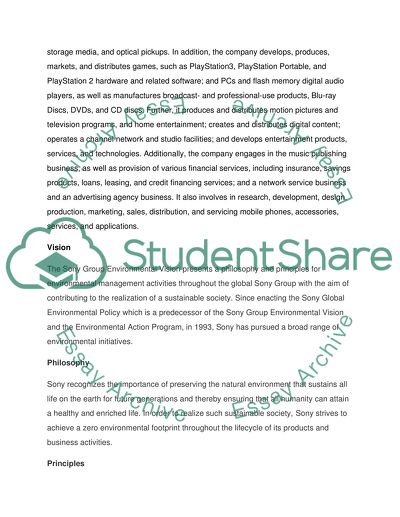Cite this document
(“Green Business - Sony Corp Research Paper Example | Topics and Well Written Essays - 2500 words”, n.d.)
Retrieved from https://studentshare.org/family-consumer-science/1419441-green-business-sony-corp
Retrieved from https://studentshare.org/family-consumer-science/1419441-green-business-sony-corp
(Green Business - Sony Corp Research Paper Example | Topics and Well Written Essays - 2500 Words)
https://studentshare.org/family-consumer-science/1419441-green-business-sony-corp.
https://studentshare.org/family-consumer-science/1419441-green-business-sony-corp.
“Green Business - Sony Corp Research Paper Example | Topics and Well Written Essays - 2500 Words”, n.d. https://studentshare.org/family-consumer-science/1419441-green-business-sony-corp.


